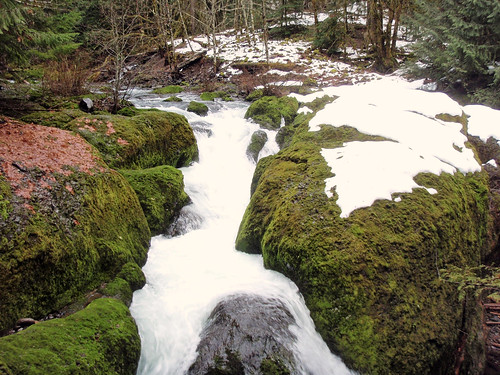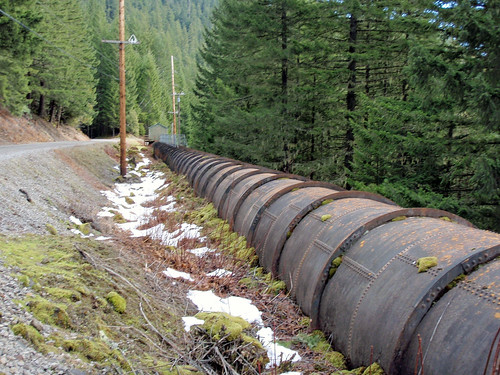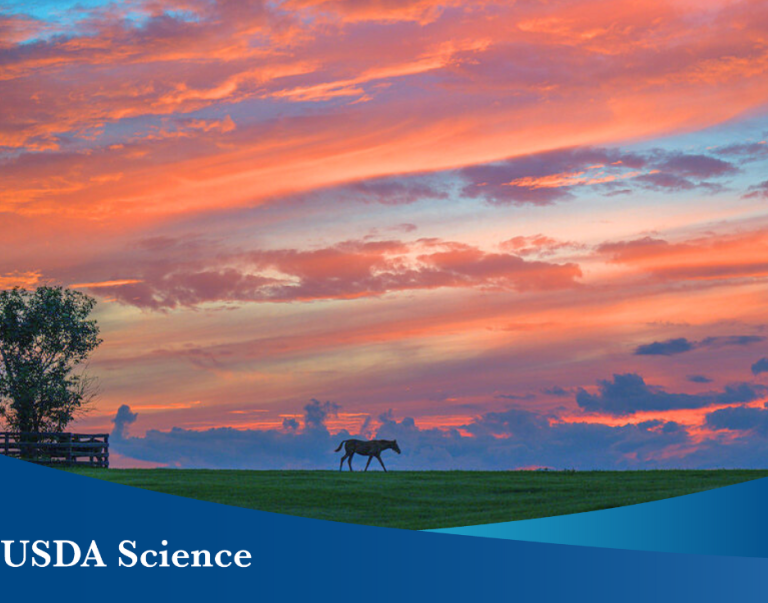After nearly a century, a five-mile stretch of the Lower Oak Grove Fork of Oregon’s Clackamas River will have native fish swimming year-round in this restored stream once again.
Early in the 20th century, the growing communities around Portland needed hydroelectric power. The Oak Grove Fork dam, located in the foothills of the Cascade Range some 30 miles east of the city, was one of several in the region built to help fill that need.
Unfortunately, by impounding the steam’s water and diverting it for power generation, the river was denied its natural seasonal rise and fall which hindered the movement and spawning of fish.
But in December 2012, thanks to the efforts of the Mt. Hood National Forest and the dam’s operator, Portland General Electric, and in collaboration with 34 other stakeholders, water from the dam began being released with flows that mimic the annual ups and downs of a natural river system.

Tom Horning, a fish biologist working at the Clackamas River Ranger District for the forest, believes this could mean great things for native fish species.
“The new flow will greatly expand habitat for threatened fish,” he said. “Additional habitat will lead to new spawning and feeding grounds which could lead to a population boost for these fish species that have been dwindling in numbers.”
Among the expected fish species to enjoy the newly restored stream are coho salmon, steelhead and, hopefully, Chinook salmon, a fish listed as threatened under the Endangered Species Act.
For the past several decades these species have been struggling to maintain healthy populations throughout the Pacific Northwest. This water release expands habitat for all fish, but also could mean great things to the entire ecosystem.
Chinook, coho and steelhead are important to the local ecosystems because they transport nutrients and distribute them throughout the riparian area, Horning explained.
“These fish are anadromous, meaning that they migrate to the ocean and back to their native spawning areas. When they die, the fish recycle nutrients back into the streams, feeding insects and large animals like eagles and bears. Those insects in turn feed the juvenile fish before they make the trek to the ocean. So the whole system is very interconnected.”
Though there were some tough compromises along the road that ultimately led to the release of the water, Horning said that overall the process was productive.
“There were some hard negotiations between the stakeholders, but there weren’t many huge hurdles,” he said. “This agreement is important for all parties involved: Portland General Electric can develop some great goodwill between nonprofits and federal agencies, environmental groups can be satisfied in that we’re adding new fish habitat that hasn’t existed for decades, and the Forest Service can achieve its mission of providing healthy, productive ecosystems. Everyone wins.”



